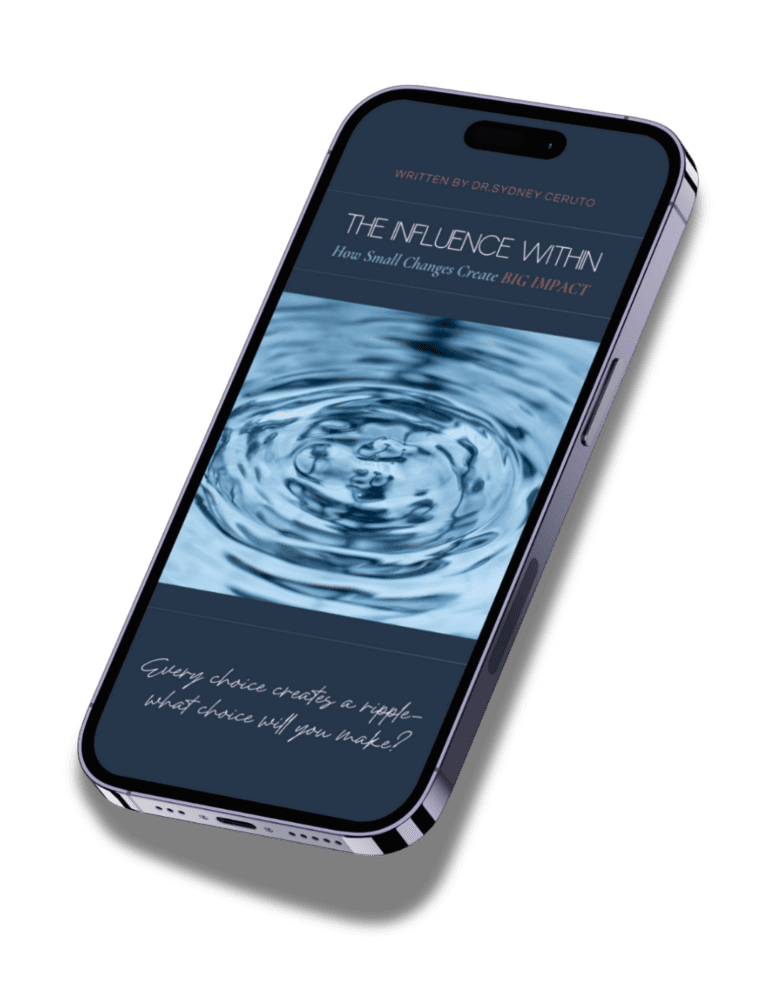Before reading my suggestions below, please understand that anything you’re feeling right now is completely normal. We are all facing the same external situation, but each of us will have different reactions based on our personalities, values, and life experiences.
Yesterday, I spoke with an anxious entrepreneur in his early fifties who had to close down all of his businesses and pull back from purchasing a home, a 15-year-old perfectionistic boy trying to adjust to the loss of his sport, increased homework load and cabin fever and a mom with four children embarking on writing her first novel while juggling home-schooling and a difficult marriage. The list of people’s personal life circumstances is endless.
But I think we can all work on how we experience this tumult and choose–every day–how we will manage the uncertainty, pressure, grief, and loss and come out of this stronger than ever. I really do believe it’s possible.
Being in a pandemic, with our liberties stripped from us overnight, nobody has a playbook on what you should do right now. But, perhaps borrowing from past experience and the best mental practices, we can create a better path forward together.
Because if mindset has ever mattered, it is now.
Here are a few suggestions to consider managing your emotional state as we all adjust to this new “normal.”
Best Way to Manage Mental Wellness in Tough Times
1. Draw Upon Gratitude.
When I was about 30 years old (about the time Christopher Reeves–Superman) fell off his horse and became paralyzed, I became acutely aware of the fragility of life and began to appreciate the little things, especially my ability to help people. The book, Man’s Search for Meaning by Victor Frankl also had a profound impact on me – a depiction of how people could find optimism in such a horrific situation. I often think about this when I find myself lamenting too long or becoming negative, especially now.
So, what is gratitude and how do you apply it?
Gratitude is acceptance of the present moment, despite the negatives going on all around you. And, right now we are all challenged more than ever. But this is precisely where resilience can emerge. When we are appreciating the moment, grateful for the cup of coffee in our hands, appreciative of the conversation with a friend, and a warm house, it interrupts the sympathetic nervous system response and activates the parasympathetic nervous system–the “fire extinguisher” in our body.
To access gratitude, it also helps to get outside in nature and then allow your eyes and vision to widen. This will soothe the neurochemistry in your brain immediately. When you are frightened you will have the tendency to go inside and narrow your vision. Moments of gratitude will restore you so you can continue toward forward action and being productive.
Remember, we are not hardwired for gratitude, especially in a crisis, so it requires deliberate mental effort to acknowledge what is good in your life at the moment. This works on the tennis court as well. For example, in many pressure-filled moments on the court, especially if I’m missing and getting too caught up in the score, I often take my eyes off the court, glance at a tree, perhaps even smile, for a few seconds to allow my mind to refresh.
It’s simple but very effective so your mind doesn’t reel into the past or future. You can use this strategy now as well. Maybe this means taking your eyes off the news and onto a project or a hike to expand your perspective?
2. Practice Mindfulness
Twenty years ago I was introduced to the concept of non-judgmental awareness. That is, being aware of what’s going on around you, including your feelings, but not analyzing or judging it, also not hardwired in, by the way.
The best technique I’ve found to interrupt the brain from its tendency to judge, predict the future and worry, is to shift your focus to “sensation”. For instance, using the bottoms of your feet touching the ground, place your attention there. When you are feeling your feet walking you cannot be thinking at the same time.
You can do this with anything–taking a shower, drinking a glass of water, and walking through the grocery store, which I highly recommend so you can know what you’re touching and not touch your face! If you are feeling what you are touching, you cannot be engaged in thought. Try practicing “mobile mindfulness” for a few seconds many times throughout your day. This will also help you move into the driver’s seat to begin making choices on where you place your attention at any moment.






